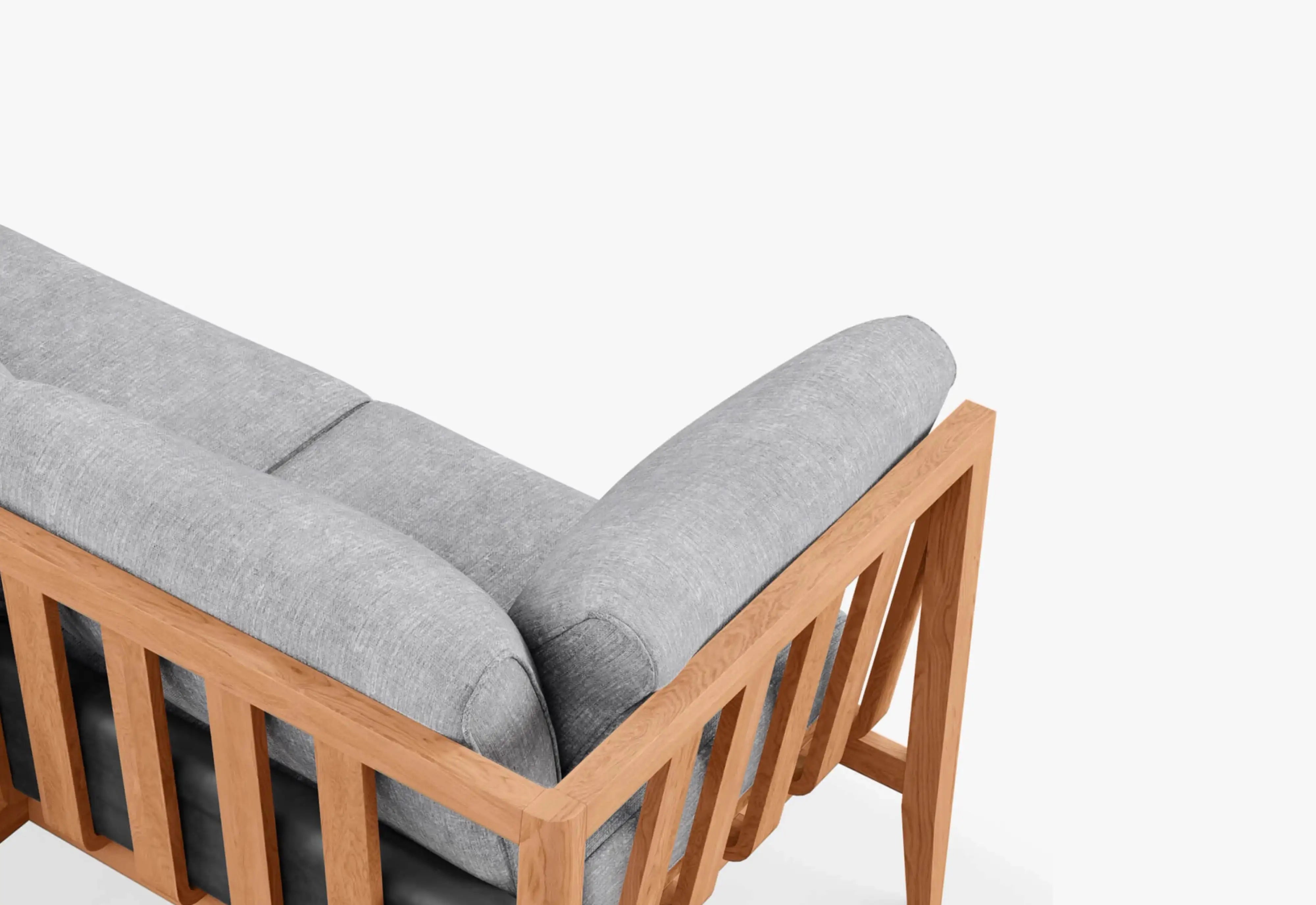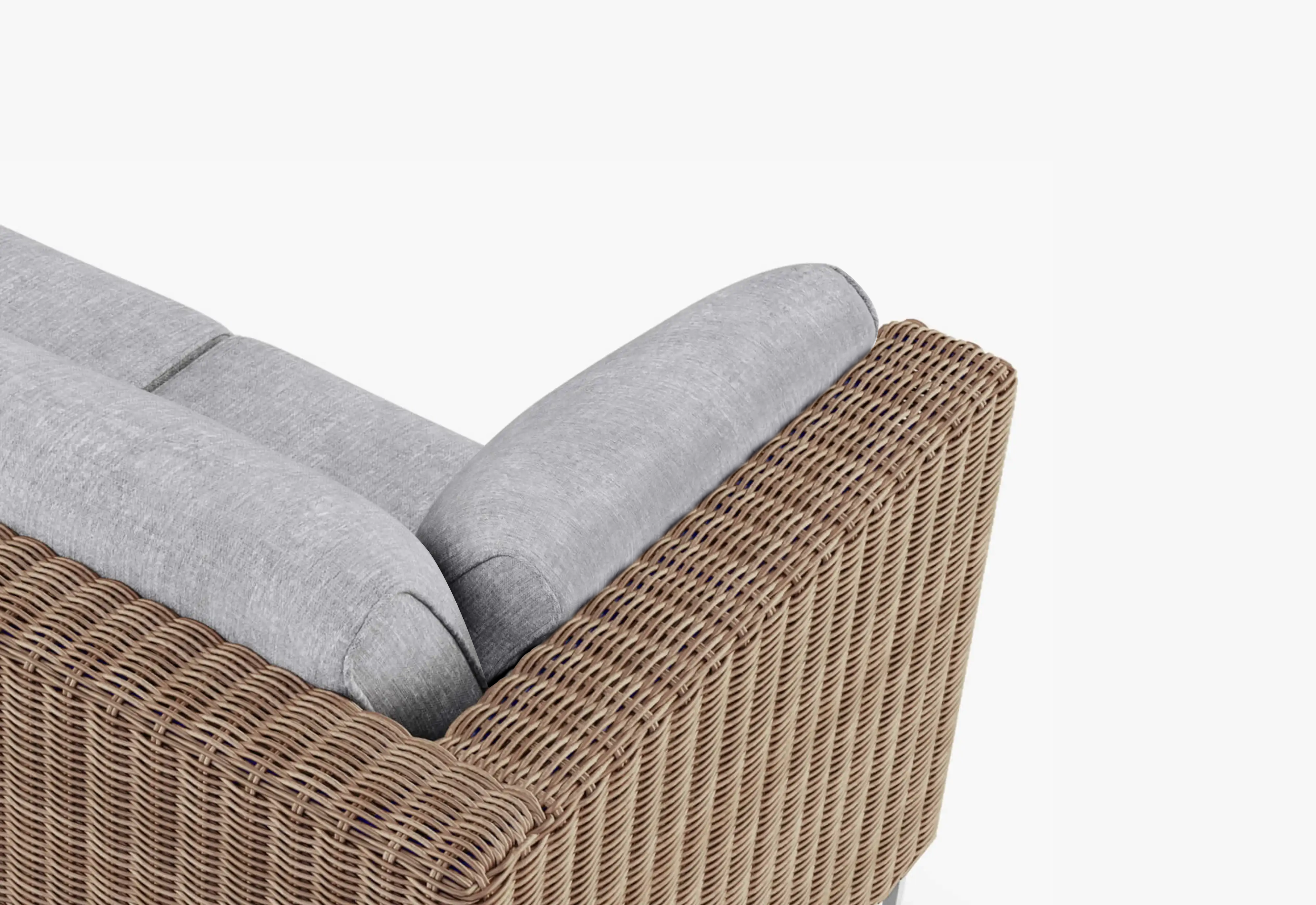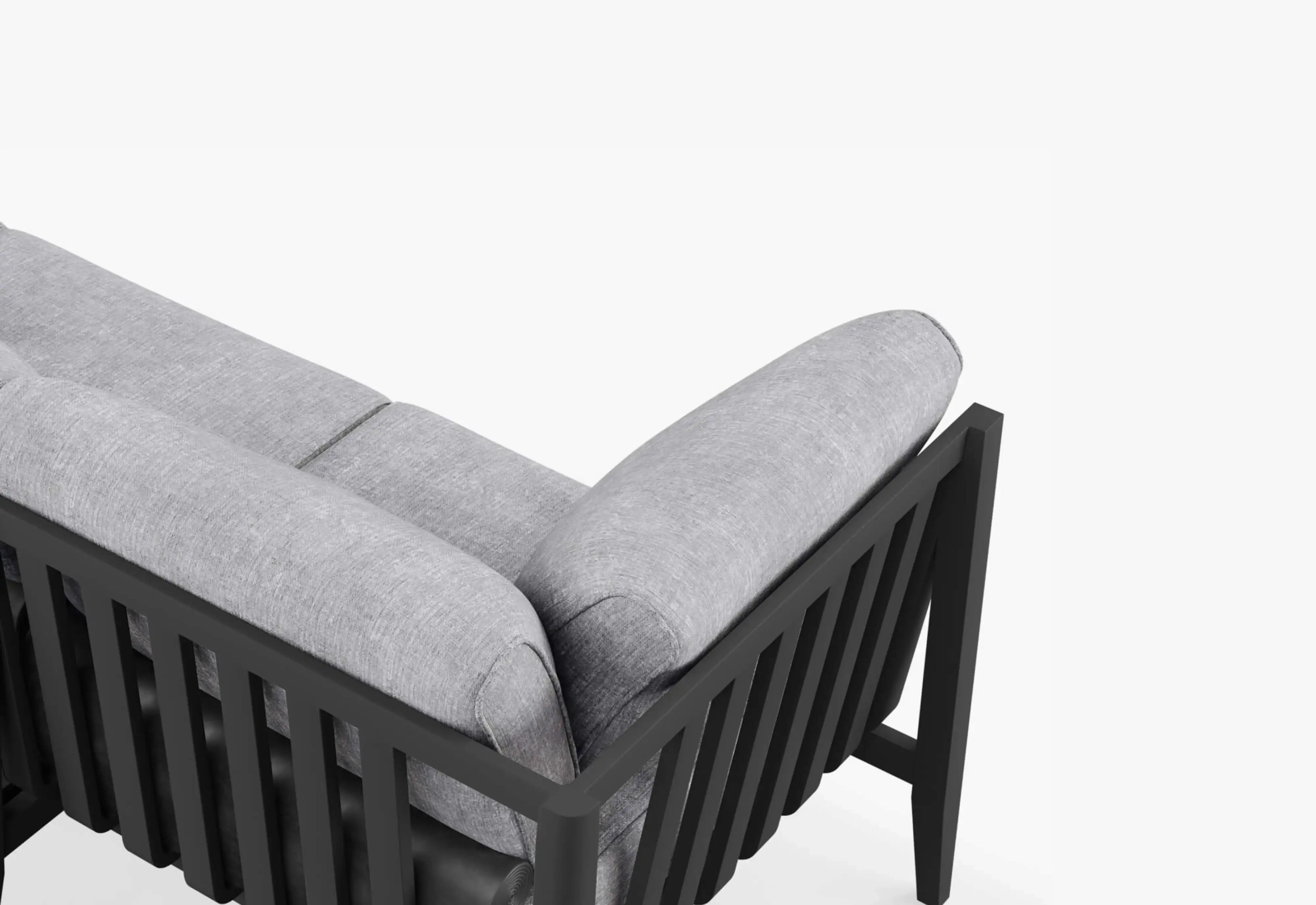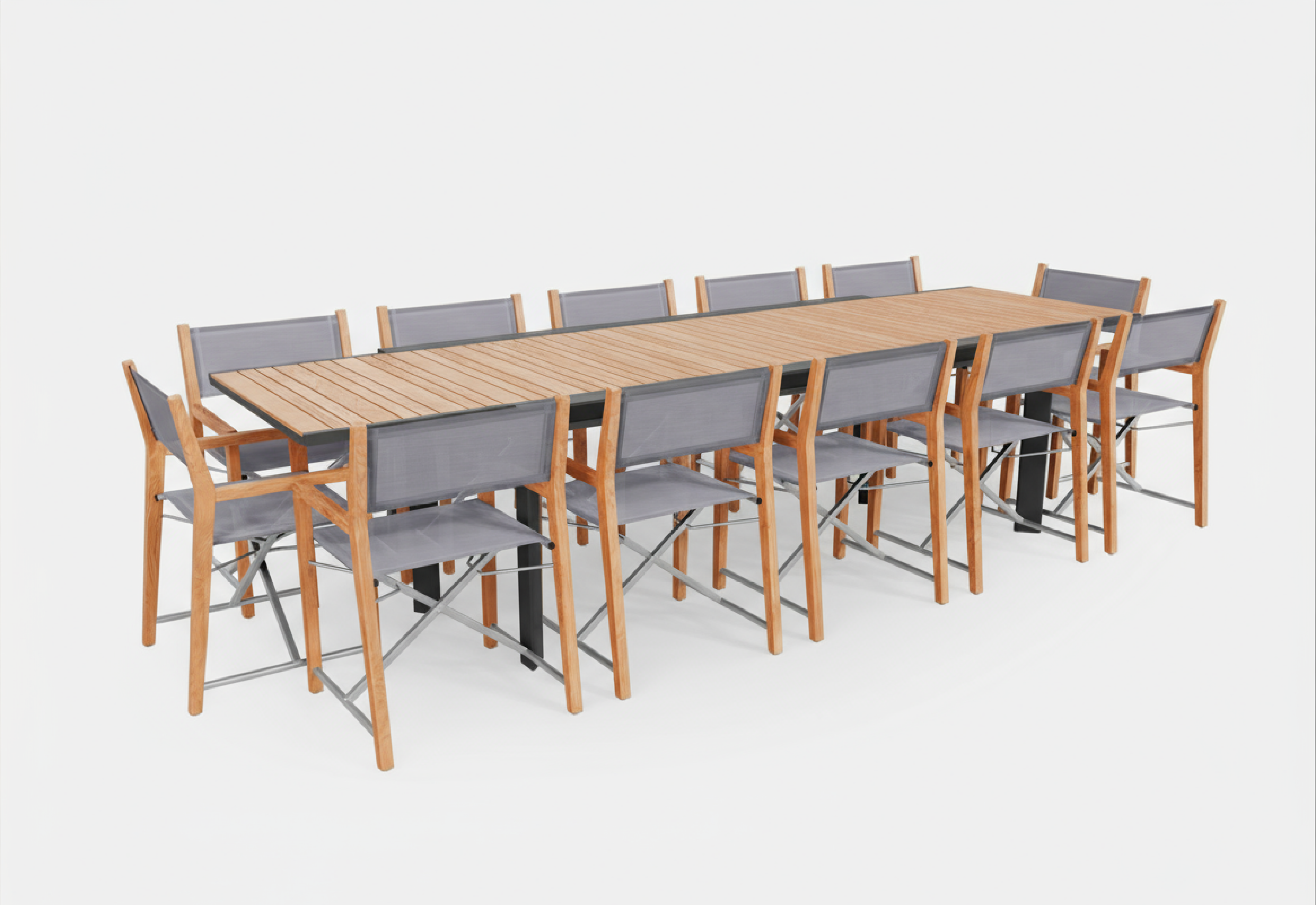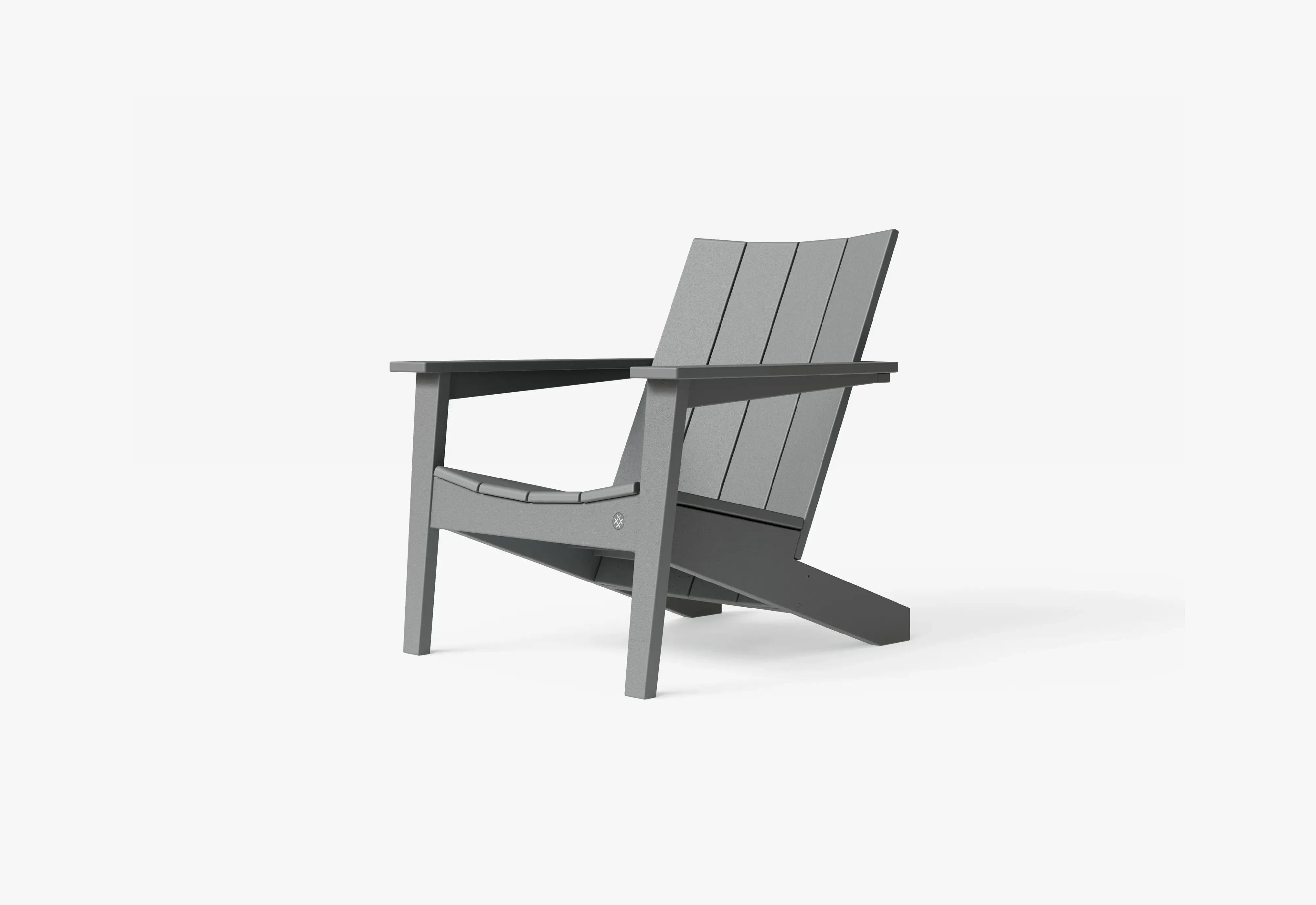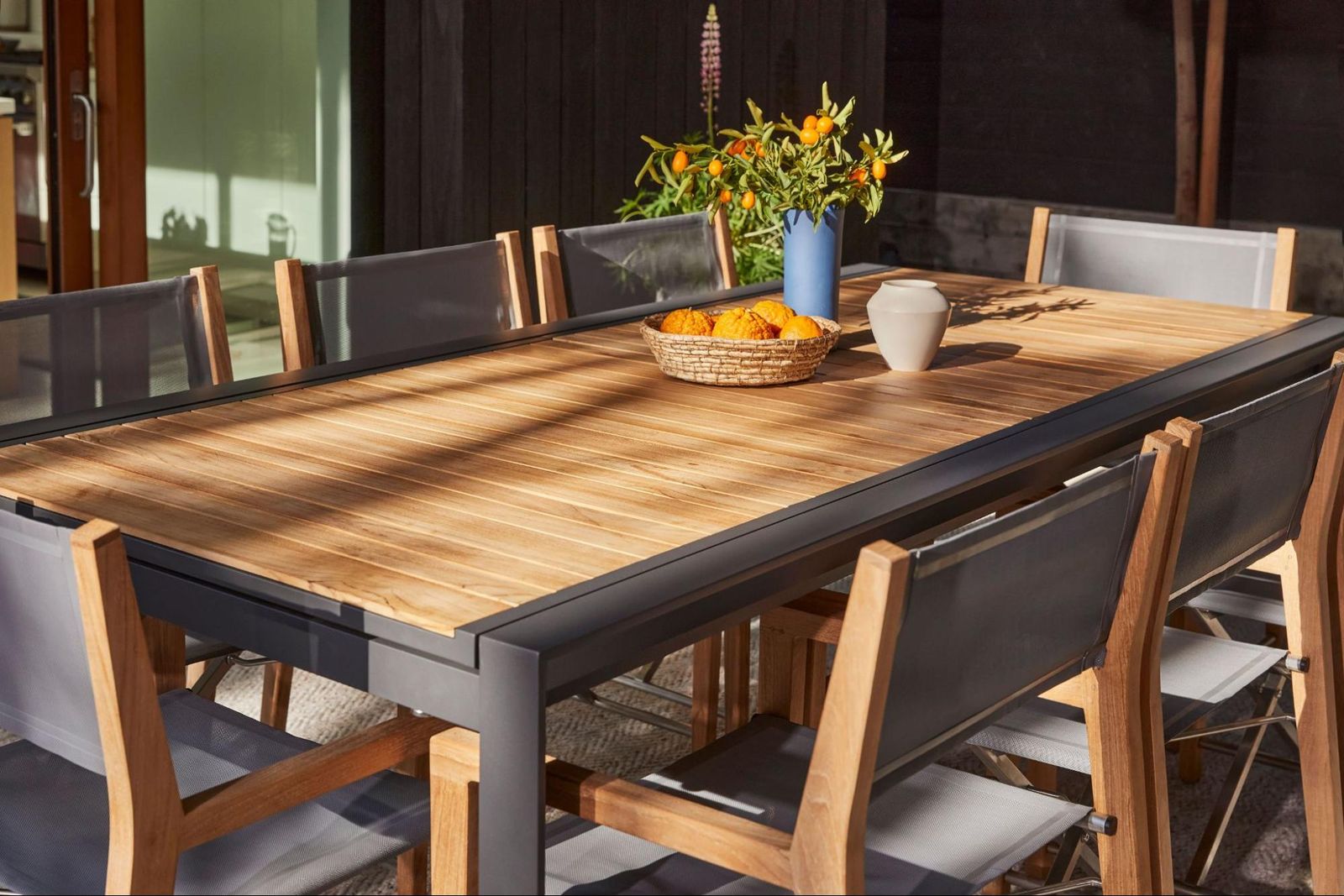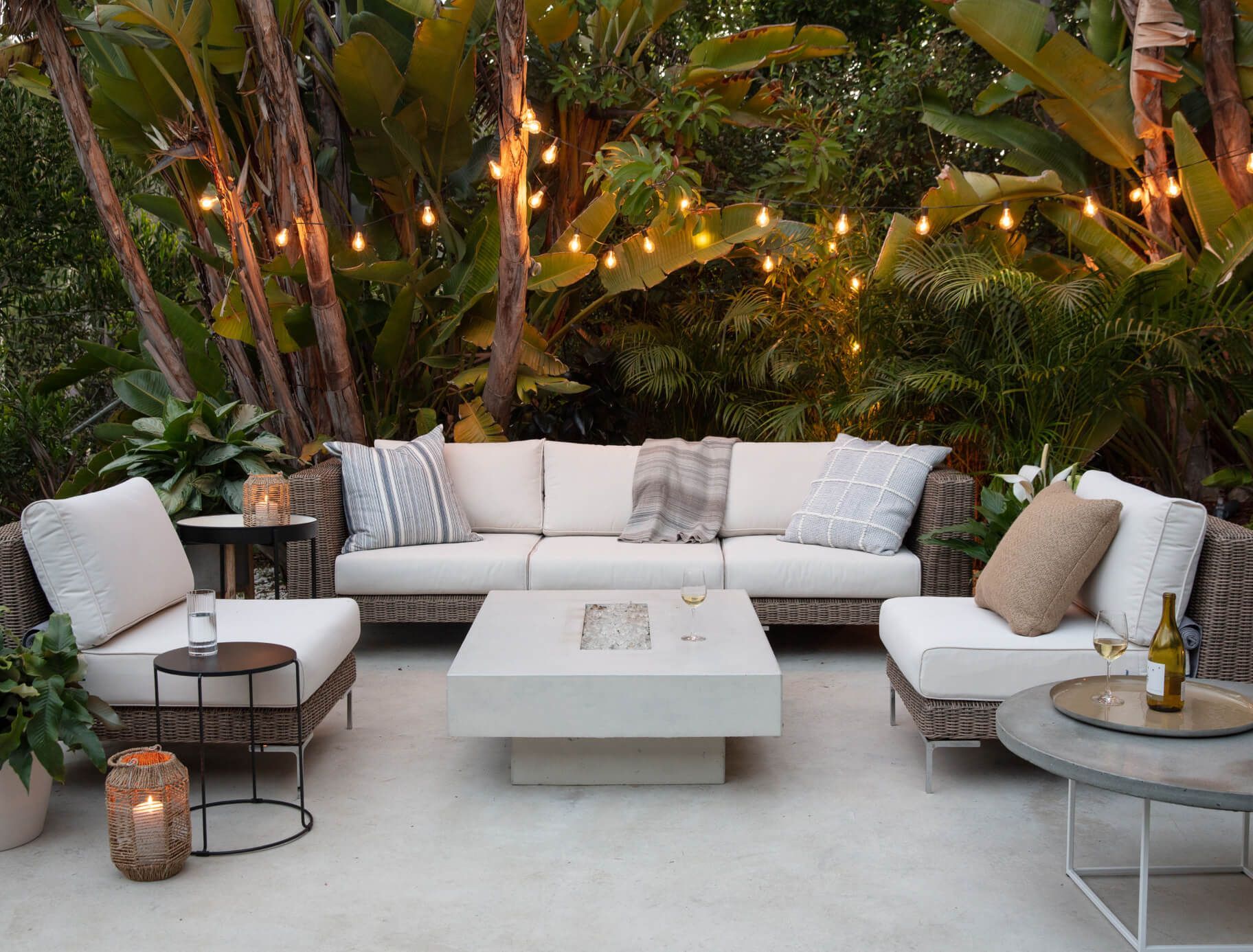Pergola Vs. Gazebo: Differences, Pros, And Cons

Designing the perfect backyard comes with a lot of tough decisions. Patio or deck? Open or fenced in? And when it comes to setting up structures, the pergola vs. gazebo discussion.
While there is much to admire about both gazebos and pergolas, the different qualities of each will help you determine which structure is best for your dream yard.
Pergola Vs. Gazebo: What’s The Difference?
Pergolas and gazebos share a few similarities, the main one being that they both provide shade and coziness in the backyard. While the function is comparable, the design of the two is not.
Pergola

Pergolas are open-roof structures that can be dated back to over 3,000 years ago. These sturdy garden features have proven to be not only durable and easy to build, but aesthetically pleasing, too.
With a roof made of rafters and an absence of walls, pergolas have more of an open-concept design compared to gazebos. This design is an excellent home for climbing plants, like decorative vines.
Thousands of years ago, these structures were typically made from stone, but modern materials such as fiberglass and vinyl have joined wood for a pergola’s most common building materials.
Gazebo

Much like their open-concept counterpart, gazebos have also withstood the test of time, dating back over 5,000 years to the gardens of the Egyptians.
Unlike pergolas, gazebos have a closed roof that is often in a cupola shape, and they sometimes include walls to enclose the structure either fully or partially. While they provide shade and comfort in the outdoors, they are also ideal for many indoor activities.
Pergola Vs. Gazebo: Features
The pergola vs. gazebo debate stems from whether an open roof is better than a more enclosed space. Comparing all of the many shared features and differences of these structures can better distinguish which makes the most sense for your life outside.
Design
The design of each comes with questions of: Is it the right fit? How will it be used? How harsh are the winters in your area, and how is it being installed? Let’s take a closer look.
Pergola
The open concept of pergolas comes with both benefits and disadvantages. First, these minimalist structures are easy to build yourself if you’re handy with tools. They can quickly become the centerpiece of any yard and make the perfect home for lush climbing plants.
An important consideration is climate. The design of a pergola is not particularly practical in harsh winters. Snow easily sneaks between the rafters and renders your pergola a work of art rather than a spot to hang out.
Some people have taken to winterizing their pergolas by covering them in pergola-specific tarps. The issue with this is that the tarps are intended for shading purposes rather than snow, and an overnight build-up of heavy snow or sleet can cause your new structure to collapse.
With this in mind, dry and sunny climates are ideal for pergola construction. Bonus: These temperatures will also better foster decorative vines and other plants to go in your pergola.
Gazebo

Designed with a solid roof, gazebos are more structurally sound and better prepared for a brutal burst of snow. Even in the coldest of temperatures, electricity can be safely run through fully enclosed gazebos so you can warm up with a heater.
The weather-ready design of a gazebo presents a few challenges, as well. First, gazebos are going to be significantly more complex and costly than pergolas. They’re also not the most DIY-friendly backyard project.
But if you prefer a more indoor feel, you will have an easy decision to make because gazebos give the impression of an indoor space while being close to nature.
While pergolas do have the option of mosquito-repellent nets and Bug Shield Blankets help any outdoor activity stay insect-free, a fully enclosed gazebo keeps the festivities going through any season, in any climate.
Space
For the most part, gazebos and pergolas are going to take up around the same amount of space, with 12’ x 12’ being a very common size for both. However, what can be done within and around that space is a different story.
Pergola
A major benefit of a pergola’s open space is that there are no walls to limit what can be put beneath or even around the structure. It could easily fit an 8-seat Outdoor U Sectional along with an outdoor rug and a coffee table so everyone can comfortably enjoy the shade.
For even more space, pergolas can be built longer to accommodate features such as outdoor fire pits or kitchens.
Gazebo
On the other hand, gazebos are confined to the interior. While these structures are still a great place to have furniture for all relaxation purposes, most areas are more suited for something like a 4-seat Armless Chair set and a few additional touches to fill the space.
Because our furniture is modular, reconfiguring your furniture within your gazebo is effortless and convenient for all of your redesigning needs when you choose Outer.
Durability

For pergolas and gazebos, the durability of each structure is going to impact its longevity. The more durable it is, the longer it will last. But there are still a few other elements to keep in mind.
Pergola
The durability of a pergola really comes down to which material you choose for construction. Wood pergolas are at the highest risk of being short-lived, but treatment and regular maintenance can ensure they last as long as aluminum and vinyl options.
Although a wood pergola looks more natural, vinyl pergolas offer the added benefit of better surviving strong winds and requiring less care throughout the year.
The exception would be if you’re able to find an option in teakwood. At Outer, we stand by teak for its natural resistance to the elements and protection against pests. Teak’s natural oils make it the ultimate outdoor material for any long-lasting backyard endeavor.
Gazebo
Again, the materials you choose for construction play a huge role. Natural wood gazebos may look stunning, but enduring the elements over time will cause them to rot and decay.
Be sure to diligently check your structure for mold and mildew during maintenance, or consider aluminum for increased longevity and durability.
Maintenance

Regular maintenance is a key component of keeping anything at its best for as long as possible. Whether the work is minimal or more labor-intensive will depend on which structure you choose.
Pergola
Maintaining a pergola is simple and takes very little time when done regularly. First, use a high-pressure hose to remove any dirt, then thoroughly scrub the structure using a bristle brush and soapy water followed by another rinse of the hose.
Any other care that a pergola requires might come from future damages, such as mildew or chipping paint. These instances should be attended to immediately to avoid further damage down the road.
Gazebo
Gazebos require a bit more effort when cleaning. Think of it like caring for the outside while also needing to clean the interior as you would the inside of your own home. Along with scrubbing the exterior, the inside should be dusted, scrubbed, and checked for insects.
If your gazebo has screens and frames, then these should be removed and scrubbed separately with soapy water. Gazebos should also be checked for cracks, splits, mold, and damage caused by intense humidity a couple of times each year or after any heavy storm.
Home Value
Of course, the addition of anything you love to your home is going to increase the value to you. The only thing better than adding your favorite feature to the backyard is finding out that it increases the estimated property value, too.
Both gazebos and pergolas — when well-built and regularly maintained — add actual value to your home. The specifics of this value depend on the material and the size, but either structure is a terrific way to show future homebuyers the potential that your yard has.
Choosing The Right Option For Your Home

The difference between pergolas vs. gazebos is not exactly night and day — maybe night and late afternoon is more the case. Ultimately, your preferences and intended use will help you decide which structure is best for your yard.
If you live in a relatively warmer location and are looking to enjoy the unobstructed breeze and sun of the outdoors, you’ll probably lean toward a pergola. If you live in a climate that includes harsh winters, you might opt for an enclosed, temperature-controlled gazebo.
Whichever choice works best for you, be sure to finish decorating your structure with outdoor furniture that withstands any climate. Trust Outer to provide your backyard with the quality comfort that you and all of your guests deserve.
From sofas and sectionals to style collections tailored to your dream design, we at Outer offer timeless products to keep your backyard looking its best through every season, passion project, and redesign. Try a risk-free at-home trial today and buy with confidence.

